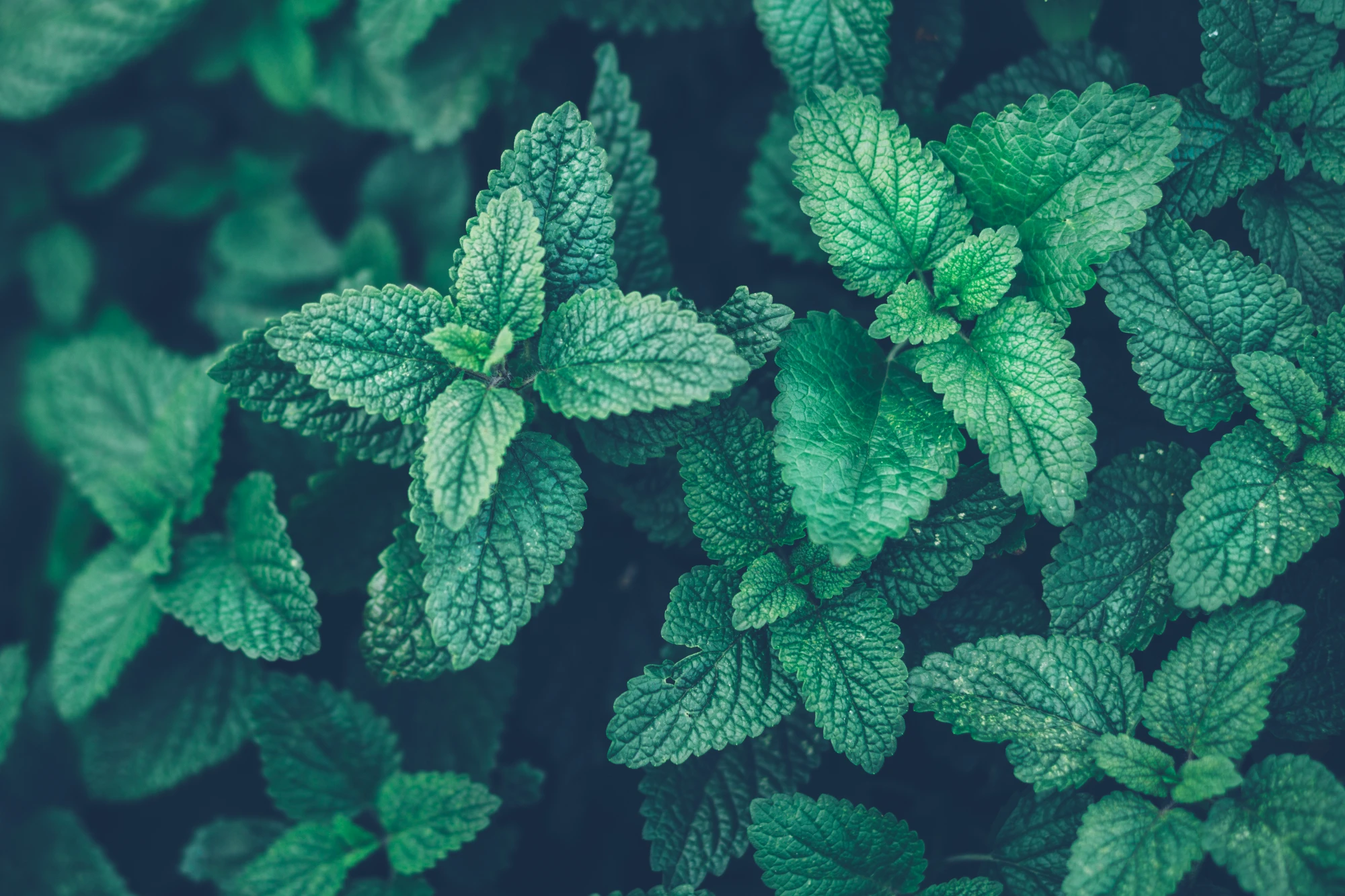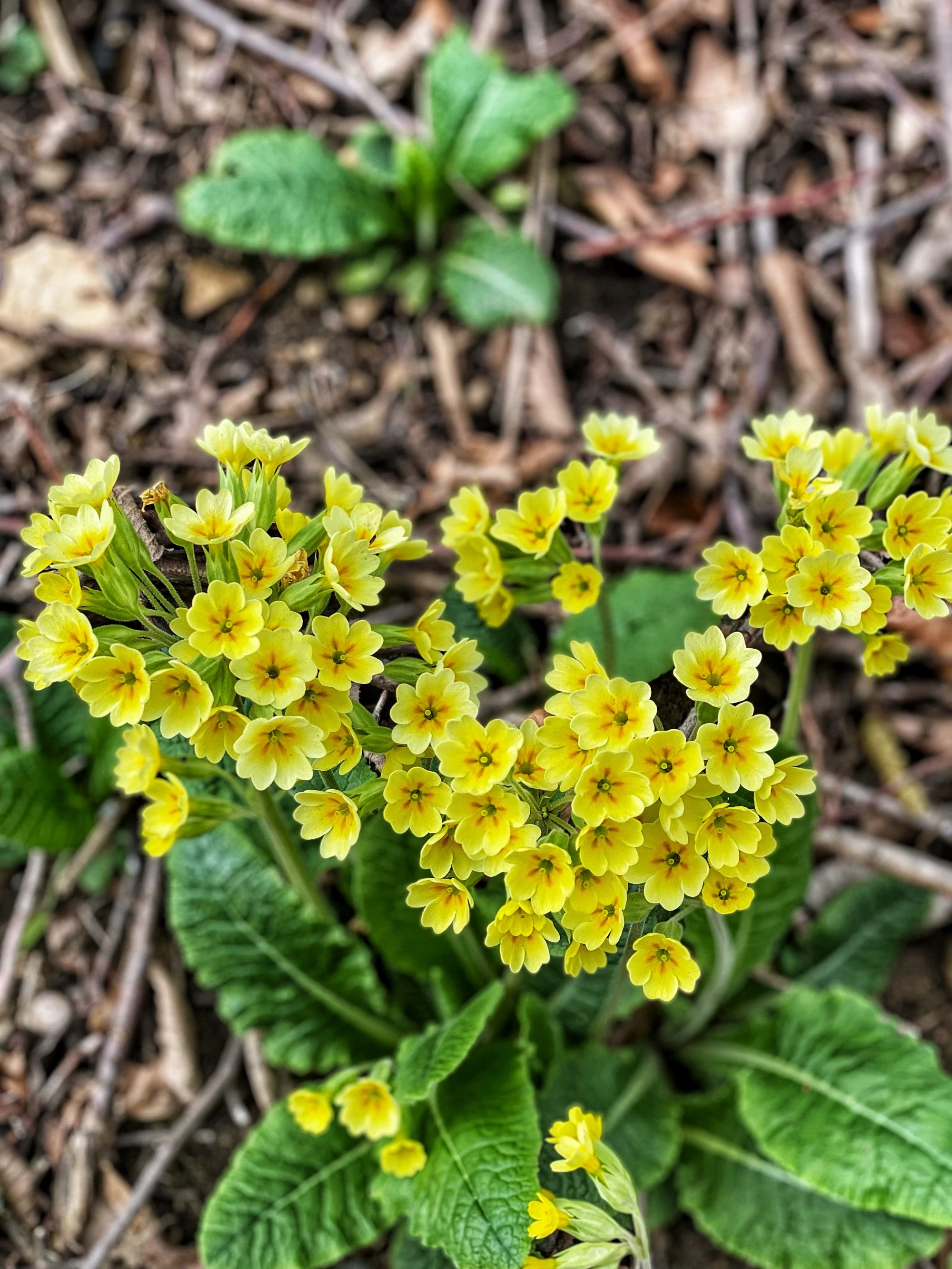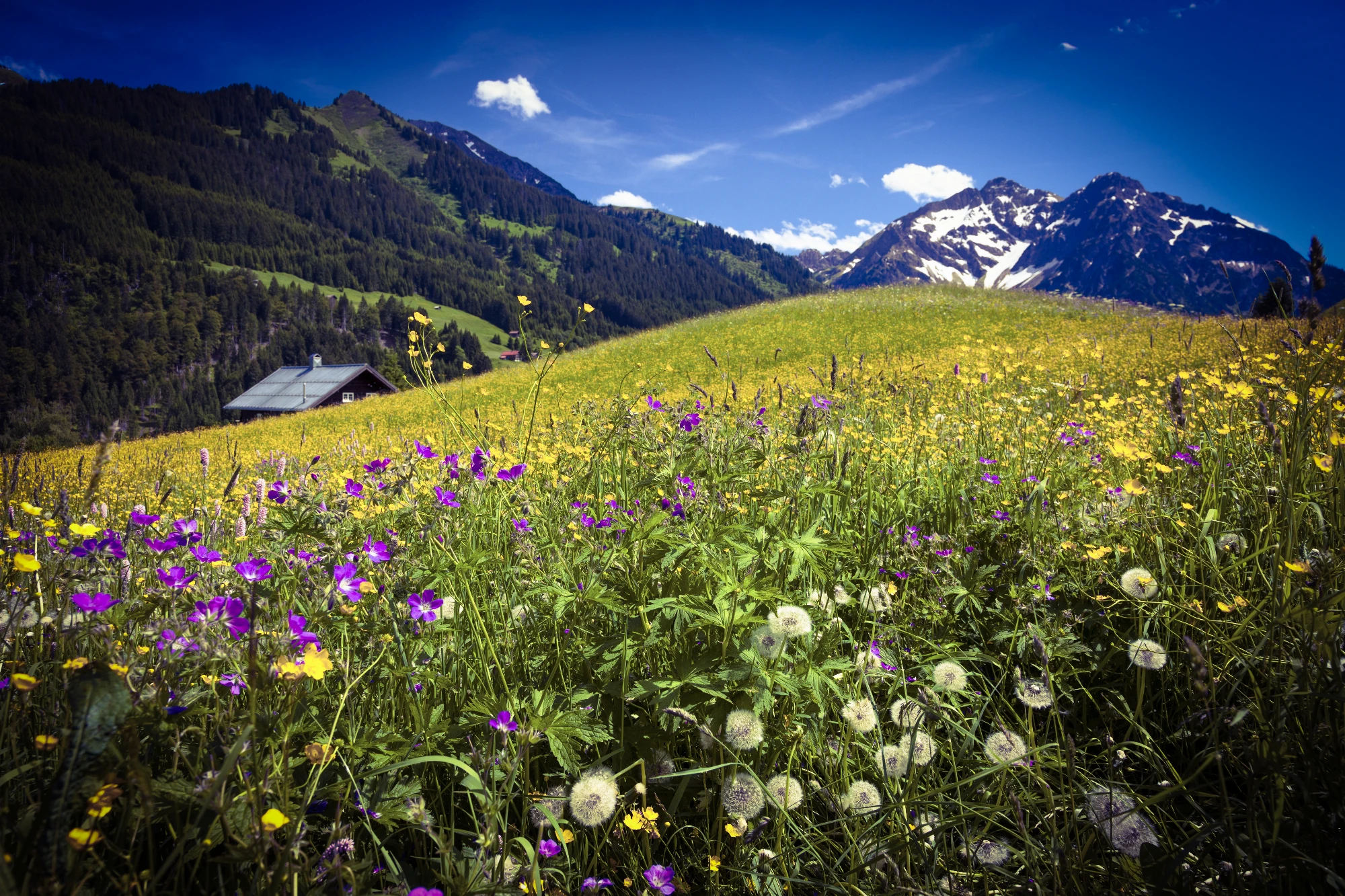Valerian, or Valeriana officinalis, was already well-known in Norse mythology. It was said that the strong scent that emanates from the valerian root kept evil – in the form of witches, ghosts and the Devil himself – at bay. Valerian’s harmonising and calming effect was first mentioned in the Lorsch Pharmacopeia in 800 CE.
A member of the Valerianoideae subfamily of plants (now classed as part of the honeysuckle family), valerian thrives in damp, loose and moderately nutritious soils. It’s most commonly found on the banks of rivers and brooks and in meadows and forest glades.
The essential oils in the valerian root act on the nerve cells to influence the body’s metabolism. Taken during the day, valerian has a calming effect without causing drowsiness. It boosts concentration and performance levels and lifts the spirits, which in turn makes it easier to deal with the symptoms of everyday stress.
Taken in the evening, valerian reduces the amount of time it takes to fall asleep. Quality of sleep is also improved – without you waking up groggy the next morning. Quite the contrary: you’ll feel refreshed.
Valerian can be taken in various ways, for example as a tea, extract, tincture or in homeopathic remedies. It’s often combined with other plants such as hops, melissa, lavender and/or passionflower.

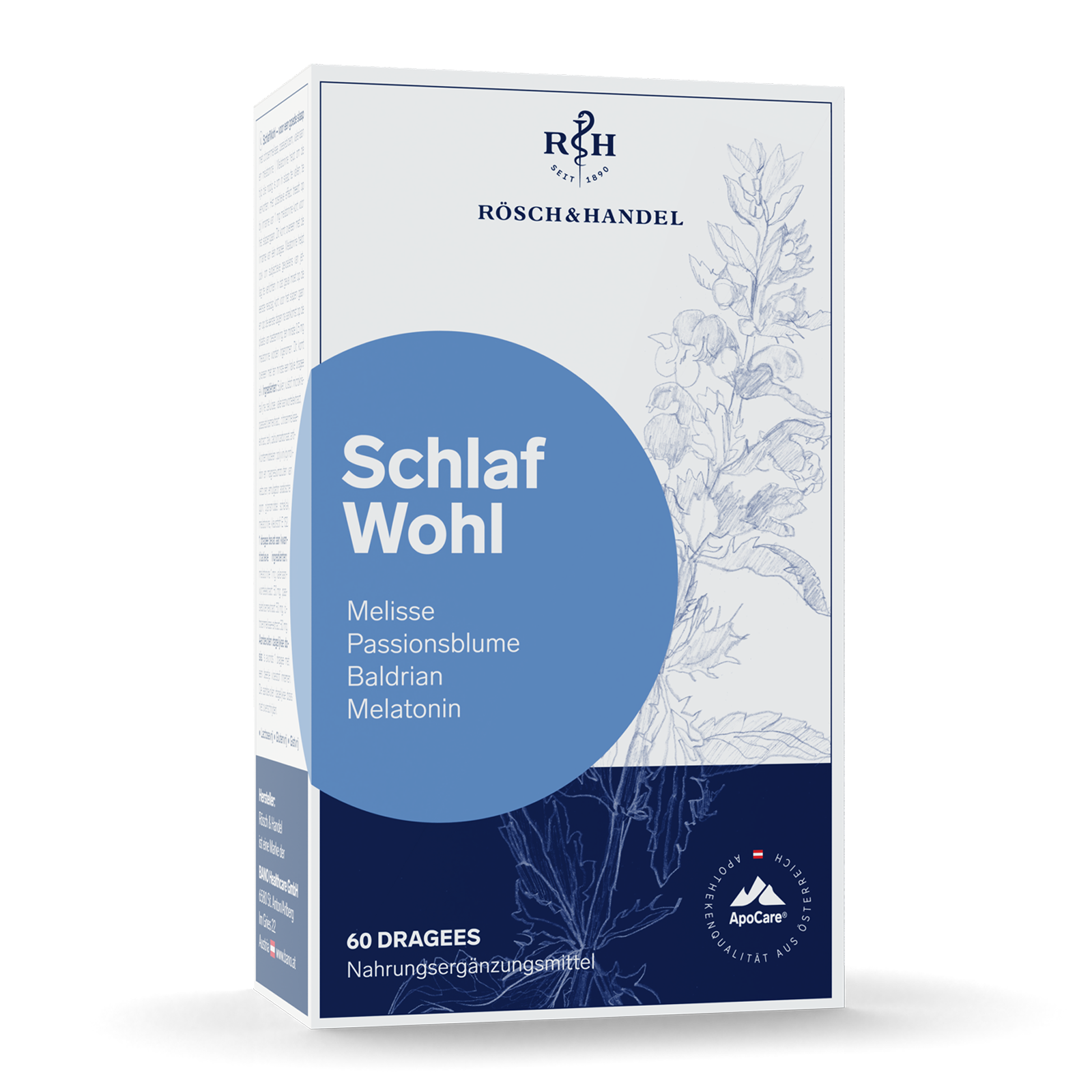

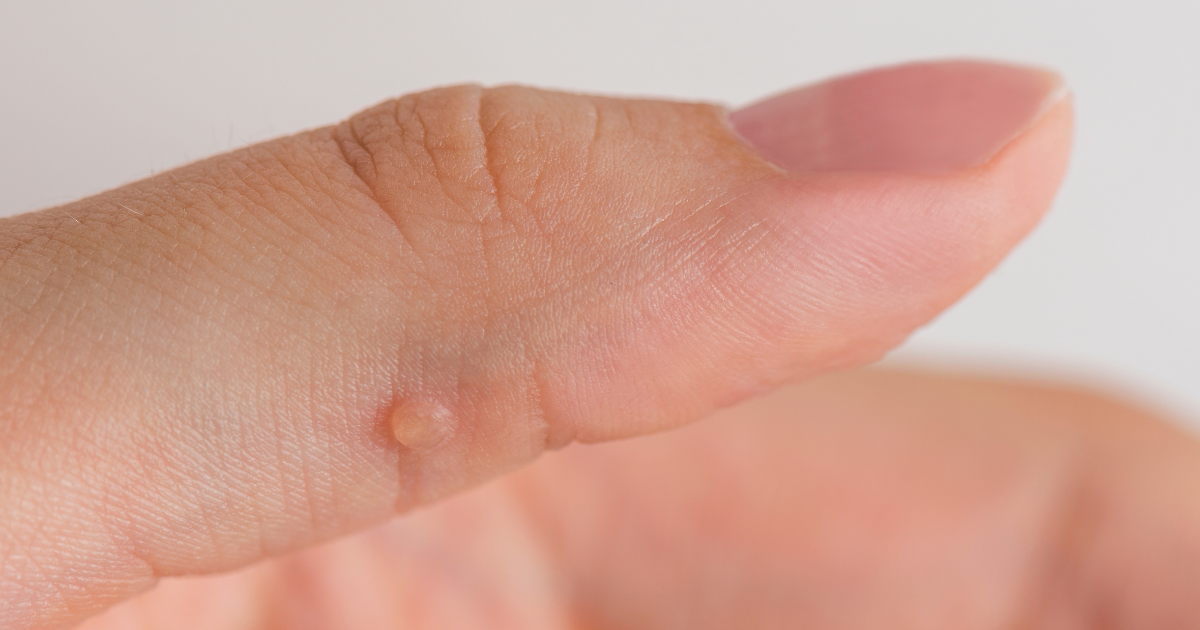
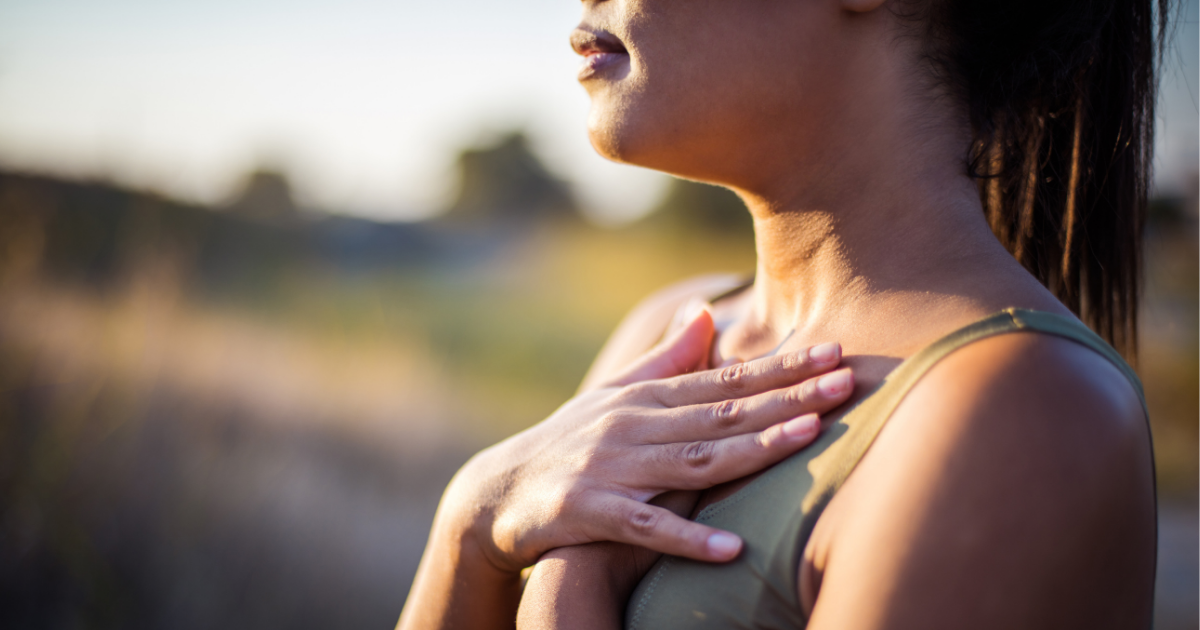
.png)
